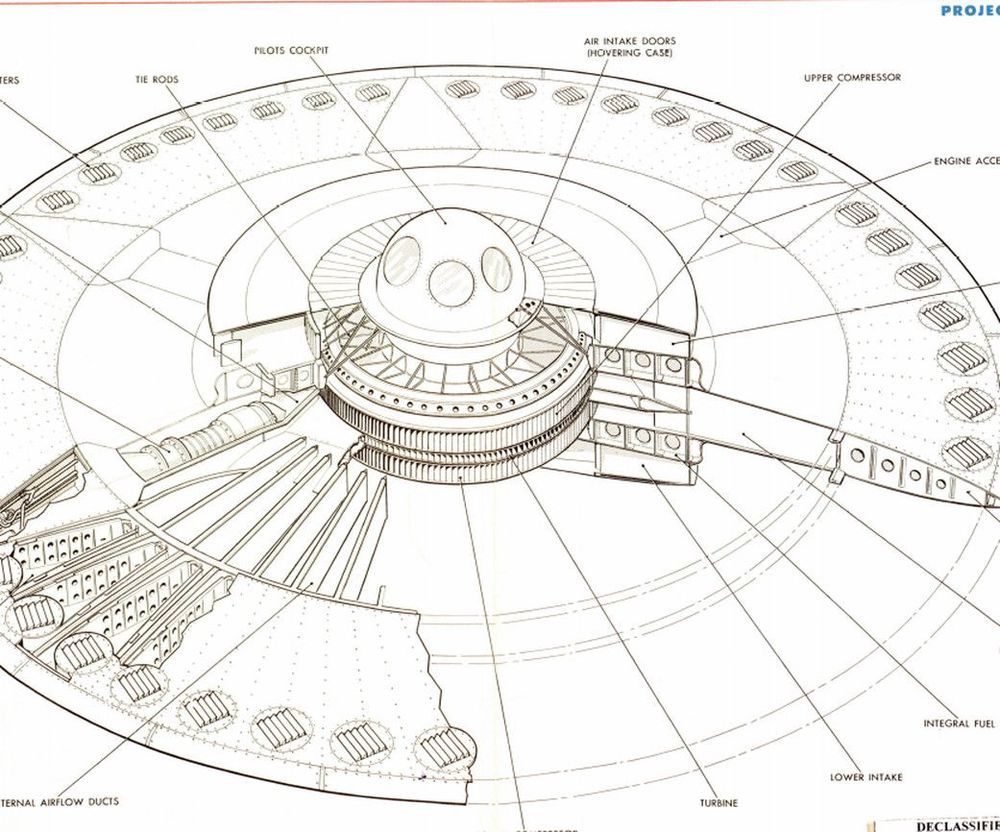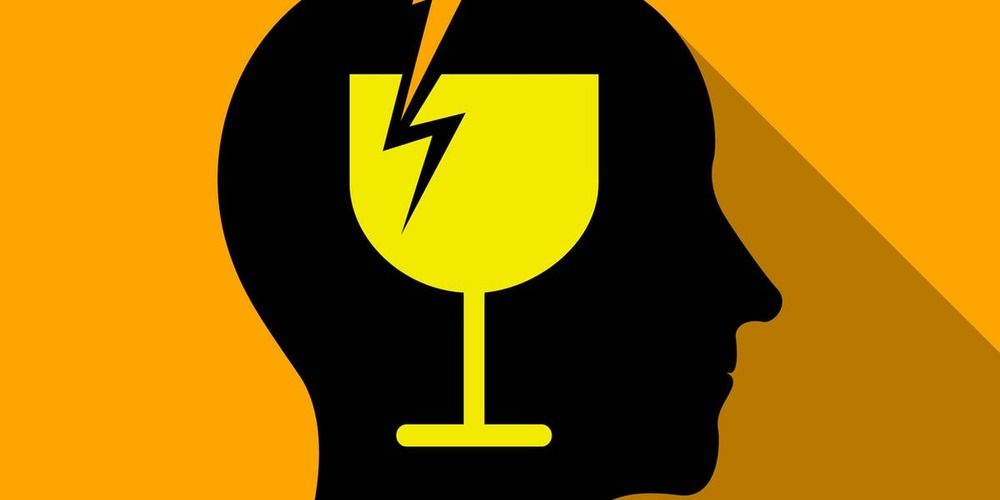Cognitive Behavioural Therapy (CBT) for patients with social anxiety not only helps to reduce anxiety levels but also seems to protect against accelerated cellular ageing, a study involving researchers at Karolinska Institutet published in the journal Translational Psychiatry reports.
“This is the first step towards better understanding the link between cellular ageing and the treatment of psychiatric issues,” says lead author Kristoffer Månsson, researcher at the Department of Clinical Neuroscience at Karolinska Institutet in Sweden.
Individuals affected by mental illness are at greater risk of developing somatic conditions, such as high blood pressure and diabetes, earlier in life than unaffected individuals. While the reasons for this are unclear, one possible contributory factor is that mental health disorders are associated with shorter telomeres and accelerated cellular ageing.






